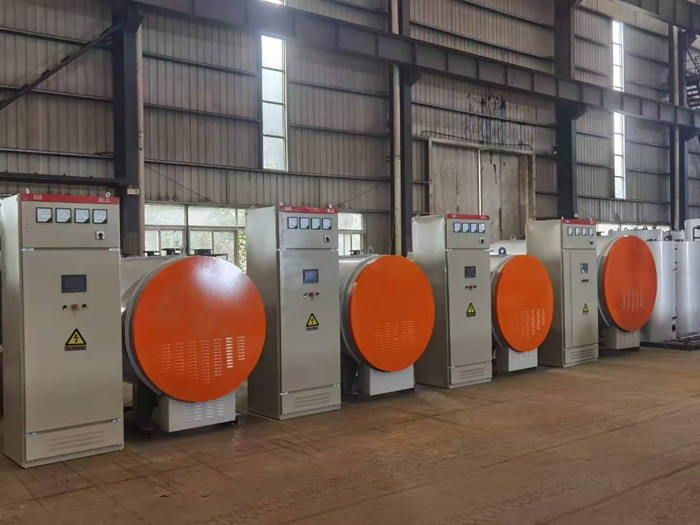A basic overview of condensing boilers?
Release time:
2023-05-11
The future of the condensing boiler industry is bright, as its numerous benefits for businesses have made it a favorite among customers. To help more people understand it, let's discuss the basic overview of condensing boilers. Hopefully, this will be helpful.
The condensing boiler industry has a promising future due to its numerous benefits for businesses, making it a favorite among customers. To help you learn more, let's discuss the basic overview of condensing boilers. Hopefully, this will be helpful to many.
Many people are still unfamiliar with the basic information about condensing boilers. Therefore, as a manufacturer, we find it necessary to provide a brief explanation. This condensing boiler utilizes a highly efficient condensing waste heat recovery device to absorb the sensible heat in the high-temperature flue gas discharged from the boiler and the latent heat released by the condensation of water vapor, improving boiler efficiency. It can serve as a centralized heating source for air conditioning or provide domestic hot water. When used in low-temperature heating systems such as swimming pools and underfloor heating, the thermal efficiency can reach a high ideal value. In fact, wall-hung and floor-standing installations are common in Europe. Wall-hung units are mainly used for home and small commercial heating systems, and multiple units can be connected in series for larger heating systems. Floor-standing units are mostly used for large heating systems, where multiple units can be connected in series. As you may have seen, many manufacturers are introducing them, including foreign Brands, domestic Brands, and joint venture manufacturers. The principle is that when the flue gas temperature drops below 58 degrees Celsius, condensate can be produced, resulting in very high energy efficiency. However, the temperature of the waste gas is limited by the boiler return water. If the waste gas temperature does not meet the conditions under normal operating conditions, condensation will not occur.
Therefore, we must be clear about this point during use. Of course, this is the case for the vast majority of manufacturers; few have broken through this limitation. That is, the flue gas temperature of a condensing boiler is no longer limited by the return water temperature; even when the return water reaches 80 degrees Celsius, the flue gas temperature can still be below 58 degrees Celsius. This condition for achieving condensation is called a super-condensing boiler. Its main function is to recover the latent heat of water vapor in the flue gas, which is related to the type of fuel used in the condensing boiler and the temperature of the boiler water. When a conventional boiler without condensate recovery equipment burns natural gas, if the boiler thermal efficiency is calculated at 90% based on the lower calorific value of the fuel, after using a condensate waste heat recovery device, the waste gas temperature drops to 30-50℃, and the thermal efficiency will increase to about 107%. With a fixed fuel consumption, the less return water in the heating system, the more heat the condensing waste heat recovery device recovers, and the higher the thermal efficiency of the condensing boiler. If you have any questions, feel free to call us. You can find our contact information on our website, and you can also consult our online customer service representatives. They will help you solve problems related to quotation methods.
After the above introduction, we have a better understanding of the basic overview of condensing boilers. We will no longer feel unfamiliar with them and will encounter fewer problems during use. That's all for today's content. We believe it will bring more exciting knowledge points.

Latest News




